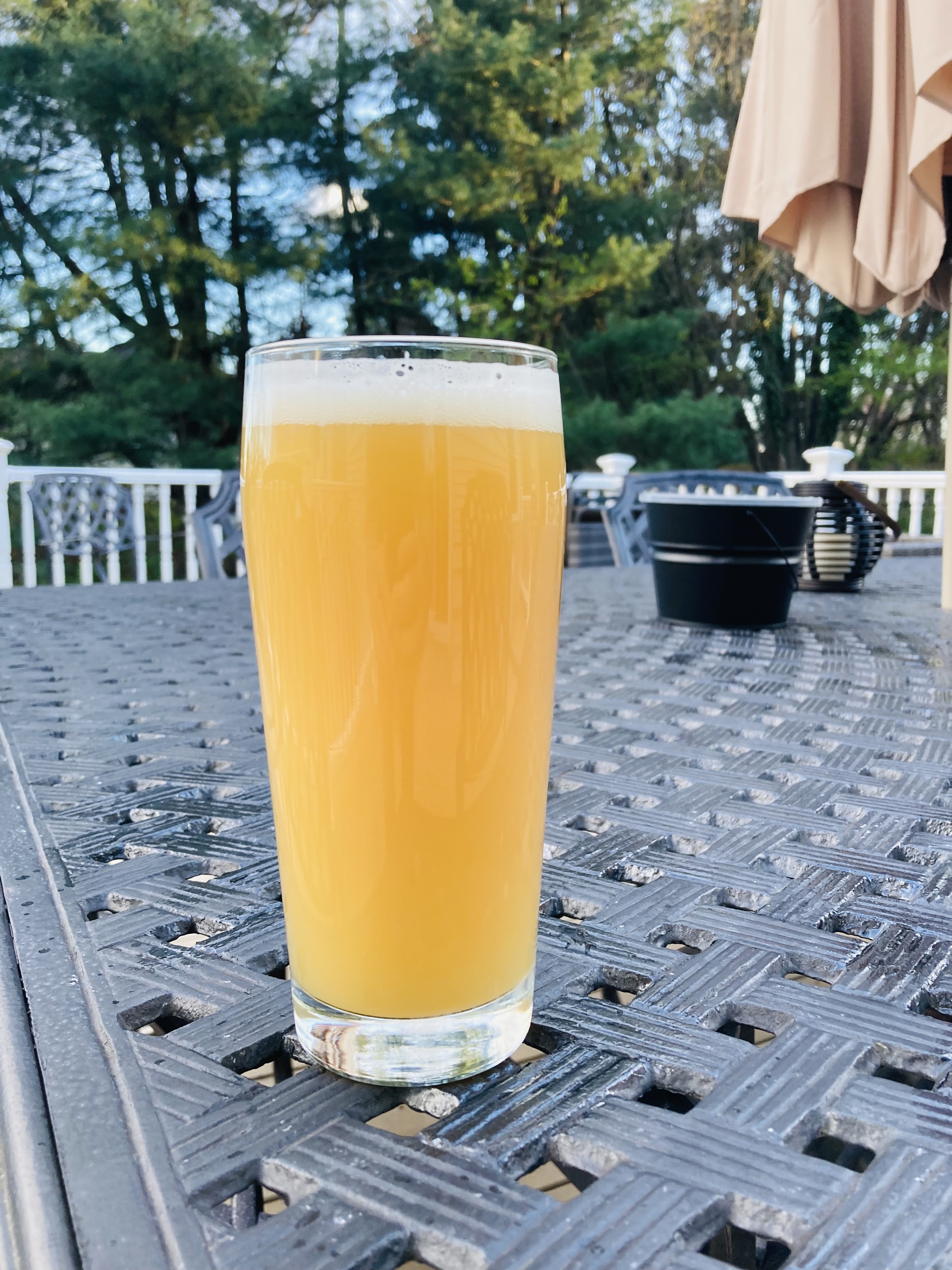I want to talk about hot side aeration in these beers and I think this group of brewers is a rare group that has high standards for them. I recently changed brew systems to a Brewtools B40pro and its sweet in so many way BUT its mash recirculation is designed to splash the heck out of the mash and sparge and I'm starting to get bummed about it. Mash works like this:
View attachment 765760
I just tapped my most recent Hazy (first beer on this new system) and I'm not pleased with the appearance at all. Here it is under different lighting:
View attachment 765761View attachment 765762
This beer used 2-row and some golden promise used cosmic punch (first use as well) calcluated SRM 4.8
Here are my previous hazies for reference, various recipes with different calculated SRM was 5.6 (used some pilsner and some dried wheat extract, verdant) or SRM 3.9 in another one
View attachment 765763 or
View attachment 765764
I feel quite confident this is not a cold side issue as that has stayed consistent with closed transfers, pressure crashing etc. and this darker beer looked like this from the very early samples.
So what do you think? I want to blame hot side aeration mucking up my color, but its certainly possible there are too many variables at play here for anyone to say. Anyone have use a similar system (that certainly oxidizes on the hot side mash) but is able to still get that nice bright yellow color?



















































![Craft A Brew - Safale BE-256 Yeast - Fermentis - Belgian Ale Dry Yeast - For Belgian & Strong Ales - Ingredients for Home Brewing - Beer Making Supplies - [3 Pack]](https://m.media-amazon.com/images/I/51bcKEwQmWL._SL500_.jpg)







